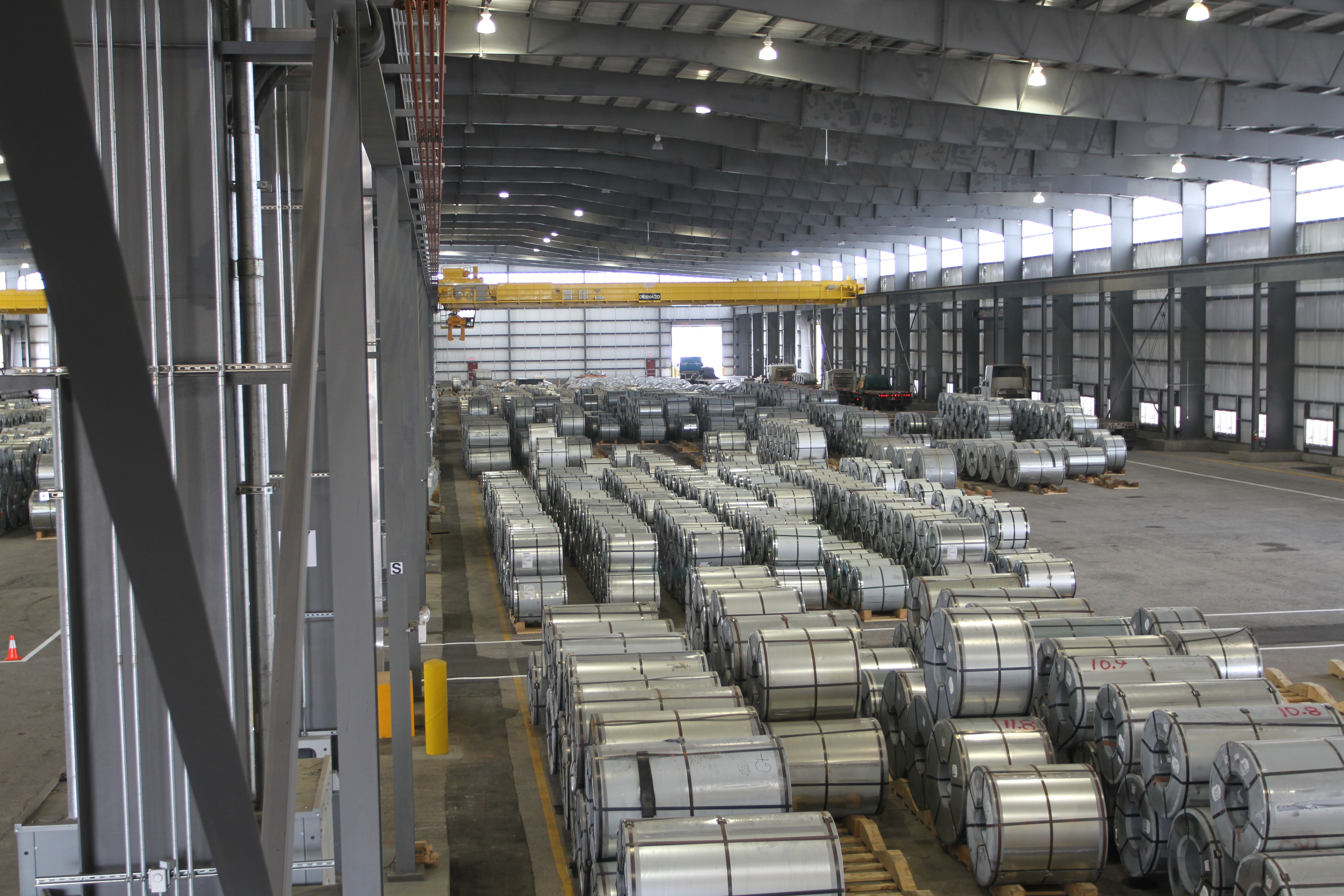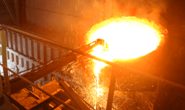Steel Markets
UAW Swears in Fain as President Ahead of Auto Contract Talks
March 28, 2023
The United Auto Workers (UAW) union has sworn in Shawn Fain as its new president.
This completes the union’s first-ever direct election of top leadership, UAW said in a statement on March 26. Fain defeated former UAW president Ray Curry.
Fain on Monday delivered a message to the delegates on day one of the 2023 UAW Special Bargaining Convention.
“We’re here to come together to ready ourselves for the war against our one and only true enemy: multi-billion dollar corporations and employers that refuse to give our members their fair share,” he said.
Fain’s militant stance comes during a big year for contract negotiations. The UAW’s current contract with the “Big Three” Detroit-area automakers – Ford, General Motors, and Stellantis (previously Chrysler) – was negotiated in 2019. It expires on Sept. 14.
By Ethan Bernard, ethan@steelmarketupdate.com
Latest in Steel Markets

USW cheers Evraz NA agreement with Atlas Holdings
The United Steelworkers (USW) labor union celebrated recent news of the signed agreement between Atlas Holdings and Evraz NA in which the Connecticut-based private equity company said it plans to acquire North America’s Evraz facilities.

Steel buyer spirits tempered by soft spot market conditions
Steel sheet buyers report feeling bogged down by the ongoing stresses of stagnant demand, news fatigue, tariff negotiations or implementation timelines, and persistent macroeconomic uncertainty.

Hot-rolled coil buyers continue seeking certainty
Steel market participants contend that buyers will remain in “wait-and-see" mode until some market stability is restored.

Latin American steel advocates warn on cheap import flood
Subsidized Chinese steel imports and cheap steel products from Association of Southeast Asian Nations (ASEAN) entering Latin American (LATAM) are threatening the region's steel market.

CRU: Steel prices fall amid global demand weakness
The forceful headwinds bearing down on steel markets across the globe have created demand challenges and sent prices southward. The US, however, challenged the global trend.
